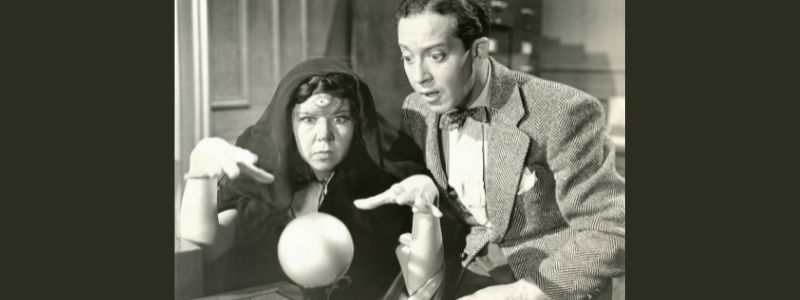A successful business model anticipates customer problems to specifically address customer needs, creating an exceptional customer experience. It seems obvious that every business strives to anticipate customer needs, however that alone is not enough. Rather, organizations should be thoughtfully designed to proactively find ways to solve challenges.
Anticipating needs and the customer experience
A company experiences early success in selling mechanical equipment to business customers worldwide. It considers the problems a customer might encounter with the new equipment. For example, how can we quickly resolve questions from new customers? Or what happens if a software glitch or mechanical problem occurs outside of U.S. office hours? The company’s competitive strategy is to create a customer experience that satisfies needs and builds loyalty.
First, company leaders decide to provide the highest possible level of technical support. This meant designing innovative systems, providing training, and allowing technicians remote access to a central computer that controls equipment operations worldwide. Next, the company set up organizational capabilities to provide 24/7 technical support and remote diagnostic testing. This level of service differentiated the company from competitors. As a result, it increased customer loyalty, experienced tremendous business growth and quickly becoming a global industry leader.
It’s common for organizational capabilities to lag while adapting strategies for new marketplace realities. Ultimately, organizations must align and be able to absorb complexities and make life easy for their customers. The ability to deliver different offerings and meet customer needs – before they are known – starts with a strategic opportunity and effective Alignment Leaders®.
Why looking ahead is so important
Often, customers are unwilling or unable to express their needs or why they’re having problems. Directly observing customer activities may provide insight, but the focus should be understanding the root cause of the issue. To truly be the best at solving customer problems, organizations need to be purposeful in determining the cause.
Marker notes that in 2012, online travel giant Expedia found 58 percent of travel bookings resulting in a call to customer service. Expedia runs an efficient call center, staffing and training representatives to satisfy customers in the shortest amount of time (preferably less than two minutes). Expedia never considered preventing the need for customer assistance. Looking further upstream, Expedia leaders found the top reason for calling in to customer service was to get a copy of the itinerary. While some customers were experiencing simple user issues, Expedia’s website did not provide an easy way for customers to retrieve their itineraries. As a result, Expedia assembled a “war room” with the express purpose of developing the necessary website improvements to eliminate the need for most customer calls.
Unlike Expedia, many companies fail to change how they operate or focus on making things easy for those inside the organization. It’s easier to focus on improving efficiencies and internal productivity requirements. However, that tends to create happy internal users but frustrated external customers.
Four ways to incorporate looking upstream
- In-Depth Research: What do your customers value in their interactions with your company? Identify needs by conducting in-depth research and asking customers specific questions about their problems. Gathering these details allows a better understanding of your customers and their value points.
- Distinctive Delivery: Some customer touch points have greater strategic value than others. Discerning which value points to drive for efficiency and effectiveness is key. Once you understand customer wants and needs, be sure to deliver those services or products in a unique way.
- Organizational Alignment: Align your work activities, reward systems, metrics, culture, and structures to this strategy and operating model. This isn’t a quick shuffling of the org chart, rather a thoughtful (and sometimes ongoing) effort to align the organization and related processes, systems, structures, metrics, rewards, and talent.
- Innovation: Keep an eye on future trends to help you anticipate needs – and prepare to offer as soon as they need it. A business model that delivers the right innovation by correctly identifying customer wants and needs will gain customers, sell more products and services, and generate a loyal following.
Pleasantly surprising customers is something they want. Understanding customers and meeting their needs in distinctive ways creates success in the marketplace. A strong, well-designed strategy and organizational structure facilitates an aligned company that benefits employees and clients alike. Better understanding customer problems and aligning to meet needs can equal growth, profits and deeper loyalty.





